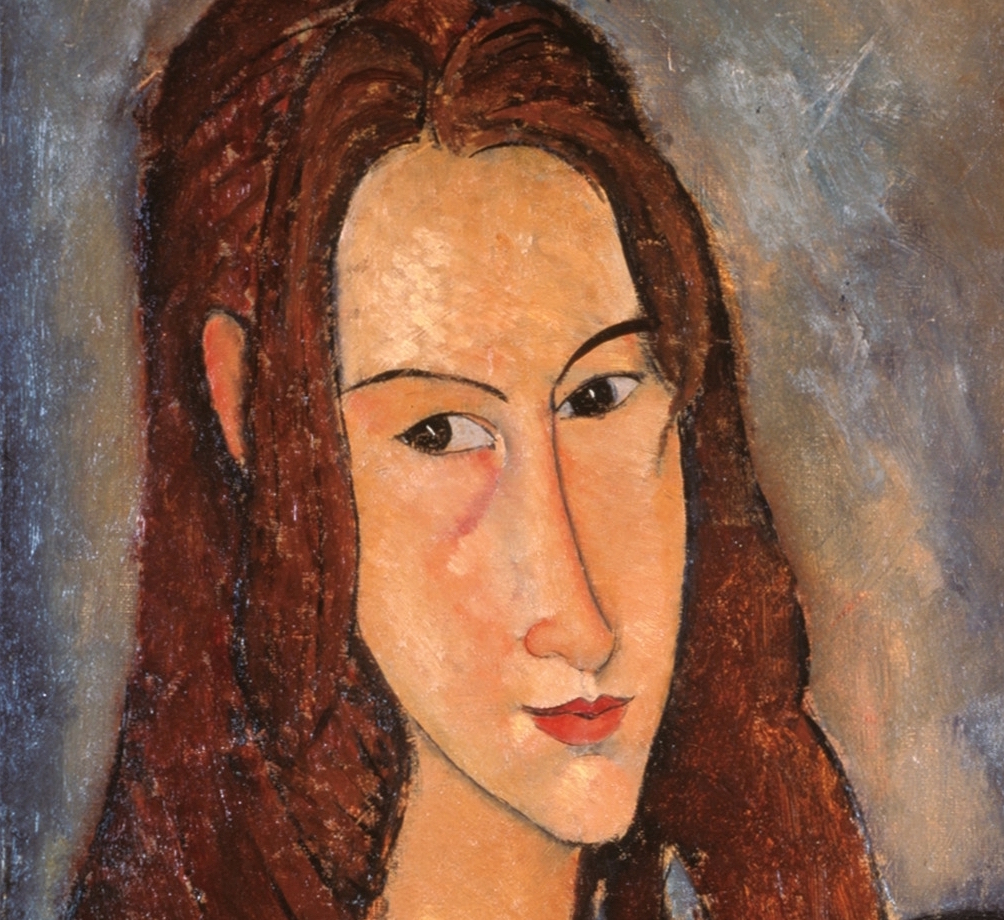
Until February 16, 2020: AMADEO MODIGLIANI AND THE MONTPARNASSE ADVENTURE. Museo della Città, Livorno. Open daily 10 am – 7 pm. Weekends 10 am – 11 pm. Admission: €15 and €10 reduced price for students under the age of 18 and seniors over the age of 65.
The City of Livorno and the Istituto Restellini based in Paris have come together with curator Marc Restellini and the project’s coordinator Sergio Risaliti, in presenting 14 paintings and 12 drawings by Amedeo Modigliani that are rarely displayed to the public. Born in Livorno, Amedeo “Dedo” Modigliani (1884-1920) was an Italian painter and sculptor who resettled early in life to Paris, where despite the emergence of Cubism, he never abandoned his distinct style established during the expressionism movement.
The works of art on display in Livorno belonged to Modigliani’s great patrons Jonas Netter and Paul Alexandre who supported the artist while he was in Paris between 1906-1920. The Netter collection is showcasing 14 works by Modigliani which includes the famous portrait Fillette en Bleu (1918), a portrait painting of a young girl with light blue almond shaped eyes that match the background behind her as well as complement her rosy cheeks, the portrait of Chaïm Soutine (1916), a close personal friend of the artist, the portrait Elvire au col blanc (1918-1919) and his drawings on display include several caryatids, such as Cariatide (1913), which is inspired by primitive sculptural art of female figures that were used as pillars. He modernizes these figures by exaggerating their curves and making them appear more seductive.
One can see the development of Modigliani’s visual language, from the Tuscan impressionism of his Macchaioli teachers to his sculptures, where the strong influence of Brancusi and African art is evident, to his portraits and his caryatid inspired drawings. He led an unconventional way to modernize painted portraits and nudes by displaying his models as confident and elegant. Modigliani’s collection of portraits is comprised of the Ecole de Paris circle which he found his way into when he moved to Paris in 1906. To commemorate the centenary of his ill-timely death, this exhibition is showcasing a selected group of artwork from artists who were friends with Modigliani during his time in France. Like many artists, Modigliani’s work did not receive fame until his untimely death. His art, is characterized by creating an elongated torso and neck with a face that imitates the ancient African mask.
Modigliani overcame tubercular meningitis at a young age but contracted it for a second time at the age of 36 which eventually brought him to his final days. In Livorno, Modigliani persuaded his mother into allowing him to move to the city of Florence, where he studied figure drawing at the Scuola Libera di Nudo. Intrigued by the impressionist movement he decided to move to Paris where Modigliani ended up living the rest of his life and occasionally visited Livorno where his family still resided. Modigliani broke barriers in the art world with fellow artists such as Pablo Picasso, Georges Braque, and Chaïm Soutine who is also featured in the exhibition, by leading the way to new art movements such as cubism and abstract expressionism. Jeanne Hébuterne, a French artist who is showcased in the exhibition as well, tragically took her own life while she was carrying their second child after the great avant-garde artist passed. The beautiful Hébuterne was a recurring model in Modigliani’s painted portraits. The piece Jeune fille Rousse (1919), is a three-quarter portrait of the youthful Jeanne Hébuterne with a graceful expression.
There are over 100 other pieces of art being shown in the exhibition from Joan Netter’s and Paul Alexandre’s private collection, which include contemporary works from impressionist and abstract artist. Other artists who were a part of the Ecole de Paris circle are being displayed in the exhibition including Chaïm Soutine and his pieces L’Escalier Rouge à Cagnes (1918), La Folle (1919), L’Homme au Chapeau (1919-20) and Autoportrait au Rideau (1917). Soutine’s works of art captures a fast-paced world which is evident with his fast brushstrokes and almost blurred subjects.
Works by Maurice Utrillo, include Place de l’Église à Montmagny (1907), Rue Marcadet à Paris (1911), and Paysage de Corse (1912). Utrillo enjoyed painting urban scenes from a close distance where he captured the city as calm and silent and almost appearing as an illusion. Female artist Suzanne Valadon, Trois Nus à la Campagne (1909) depicts nude women in the outdoors relaxing after bathing in the nearby lake which is painted with bold dark lines on the fair delicate bodies of the women against the soft scenery behind them. This painting is an homage to the great painters Renoir and Cézanne who were connected to and inspired by the Impressionist movement. This exhibition gives the public an opportunity to see works of art by a group of trailblazing painters who helped pave the way in modern art. (tessa cervantes-roth)








